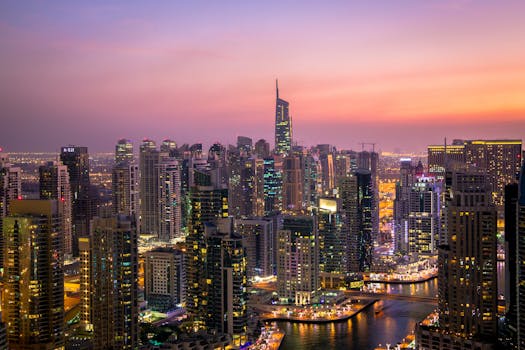
A powerful heat wave will bring intense swelter to New York City and other major Eastern Seaboard cities, with heat indices rising into the triple digits along the I‑95 corridor. Temperatures are expected to climb well above seasonal norms from Sunday through mid‑week, driven by a strengthening high‑pressure dome and amplified humidity, posing serious health risks and heightening strain on infrastructure.
Cities from Chicago to Washington, D.C.—including New York—could see readings 15 to 20 °F higher than typical early summer values, sending heat index levels soaring past 100 °F. Though actual mercury may not hit 100 °F in all locations, the combination of high humidity and elevated temperatures will make conditions feel dangerously hot.
Officials are preparing to issue Heat Advisories and Extreme Heat Warnings across the region. Community cooling centres are being activated in vulnerable neighbourhoods, with public health agencies urging residents—especially those without air conditioning—to stay hydrated, avoid outdoor exertion during peak afternoon hours, and check on elderly or medically vulnerable individuals. Hospitals are advised to brace for increased cases of heat stroke and dehydration.
Meteorologists attribute this surge in heat to a persistent “heat dome” of high-pressure aloft over the eastern United States, which suppresses cloud formation and traps heat at the surface. South‑to‑southwesterly winds are drawing hot, humid air northward from the Gulf, intensifying discomfort across urban hubs.
New York’s Central Park has seldom reached 100 °F in June—the last instance was on 18 July 2012—but it is predicted to flirt with that threshold in this wave. Philadelphia may also flirt with century temperatures, while many cities could set or challenge daily record highs.
Environmentally, this heat wave underscores the seasonal forecast from NOAA’s Climate Prediction Center, which predicts an overwhelmingly warmer-than-average summer across the United States, with particularly elevated odds for the Northeast aligning with broader climate change trends. NOAA warns that the summer of 2025 may evolve into one of the most dangerous on record, due to multiple, prolonged heat episodes coupled with rising urban heat island effects.
Health impacts are receiving urgent attention. Heat-related illness remains one of the leading weather‑related killers in the United States, surpassing storms, tornadoes, and floods. Extended periods of high overnight temperatures reduce recovery time, increasing cumulative strain on vulnerable bodies. Local governments have suspended non‑emergency outdoor services during peak hours and issued advisories for businesses to protect outdoor workers.
Energy infrastructure will face elevated stress as demand for cooling surges. Utility companies are cautioning that peak electricity load could tax grid capacity. Blackouts remain unlikely for now, but operators warn that any additional heat waves later in the season could prompt rolling outages if demand continues to escalate.
For urban planners, this event exposes a simmering issue: densely built environments trap heat overnight, reducing relief even when the sun sets. Experts suggest Long‑term resilience plans may include expanded green space, reflective surfaces, and improved cooling centres.
Meteorologists forecast relief will arrive by the final days of June or early July, as frontal systems begin returning cooler, wetter air. However, mid‑to‑late July typically marks the most intense heat of the season, and this year is already shaping up to be no exception.





